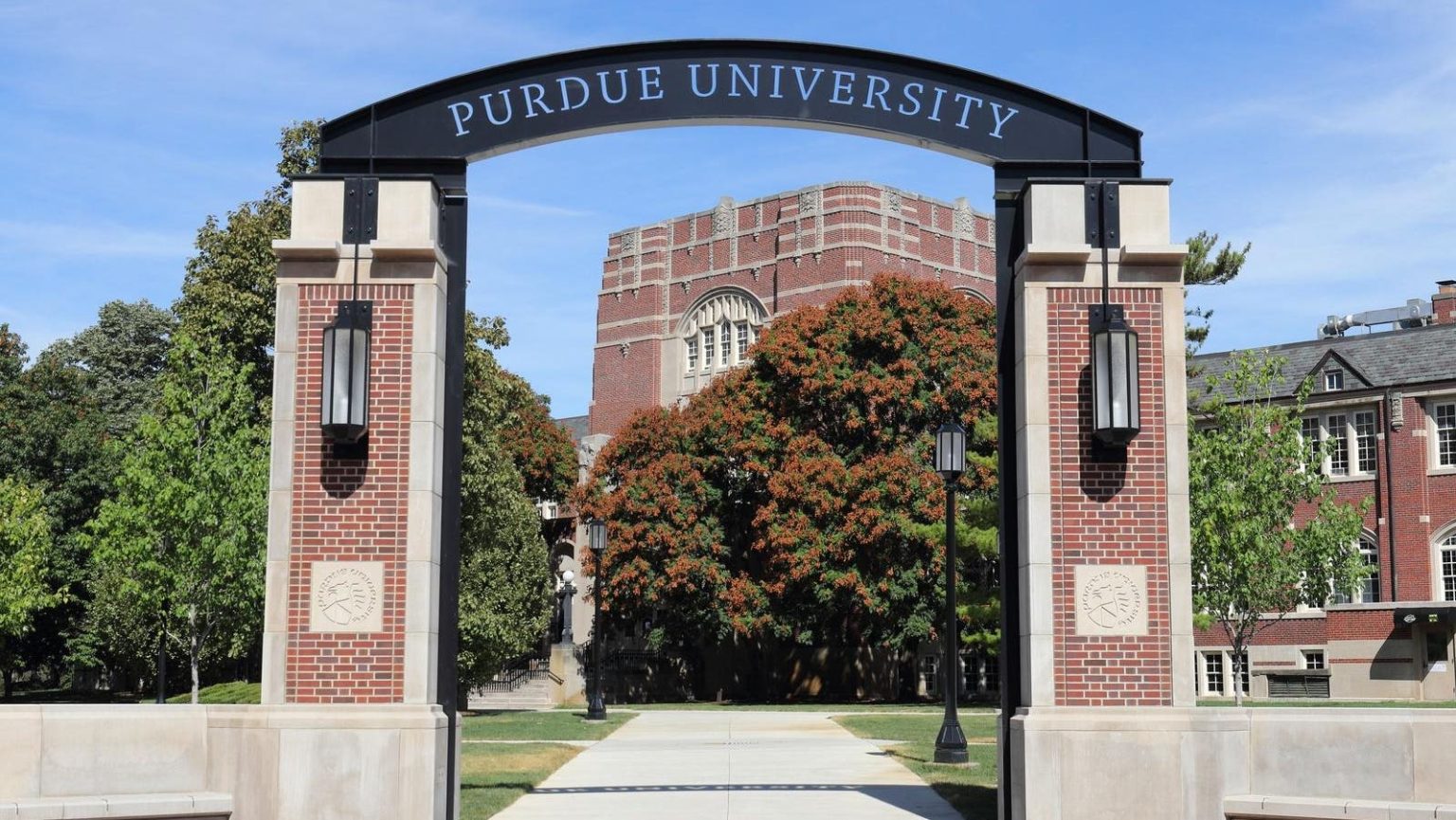A recent Wall Street Journal analysis of 50 flagship universities across the U.S. found that over the past 20 years, college spending rose an average of 38% while the cost of tuition and fees for the average student rose 64%. While state funding at many of these schools decreased during the same period, the Journal noted most universities raised tuition and fees far higher than needed to make up the difference. Student debt has more than doubled over the past 20 years to a staggering $1.6 trillion — and that’s just in federal student loans. At the same time, structural deficits have started forcing universities to cut programs.
Starting with Mitch Daniels, my predecessor at Purdue University, our university has frozen students’ tuition costs for 12 years in a row. Room and board costs went from the most expensive of Big Ten Public to the most affordable. These prudent moves to sustain college affordability have saved students and their families more than $1 billion since 2013. Last year’s average debt per graduating student at Purdue was $11,500 while self-reported first year earnings averaged $68,000: that Earnings to Debt Ratio is 6. It takes on average two months of pre-tax salary upon graduation to pay back the entirety of debt from earning a degree at Purdue. More than 99% of Boilermakers pay back their student debt.
But don’t let our affordability fool you into thinking we don’t invest in our campus. Far from it. We’ve hired a large number of new faculty, and provided an average 5% salary raise in each of the past two years. We’ve launched initiatives such as our first urban campus, the Daniels School of Business and Purdue Computes.
And we’ve constructed new physical facilities throughout our campus. Not all the desired facility projects can be funded at the same time. However, across the 23 projects completing, ongoing or starting in 2023, $1.3 billion dollars are being invested. These are functional, not fancy, facilities: no lazy rivers in student dorms, nor glassy atrium at the university airport terminal. About 60% of the funding is from philanthropic and state support for capital projects, with all athletic facility projects completely funded by donation gifts (and indeed the entire athletic budget is self-contained, without any subsidy from the rest of the university budget), and the remaining from savings accumulated from each year’s operating budget surpluses. Each year, our operating budget targets 3% in the black, and for the recently concluded fiscal year it was 5.6%.
So how did we do it, saving and investing while freezing tuition? The answer is not complicated:
- Focus on our core function: creating and disseminating knowledge while uplifting our society through student access and success.
- Broaden income sources: Undergraduate tuition accounts for only 38% of our main campus budget, so we focus on the 62% piece of the pie. That includes research funding, philanthropy, professional Master’s programs, online degrees and credentials, and, thanks to the Indiana General Assembly this year, state appropriations too.
- Never run a deficit budget: We treat our university budget the same way many families treat their household budgets, by simply not spending more than we bring in. In the long run, and it doesn’t take very long, the pain of fiscal discipline is less than that of deficit budget: if you throw a boomerang down the road, students and staff will be hit much harder and not much later.
Like my predecessor, I would not claim the Purdue approach is applicable to any other university. We are simply saying that the apparent paradox of affordability and investment, even though not easy to execute, is simple to describe.
Same for the apparent paradox of excellence at scale. Purdue is listed this year in the QS World University Rankings as a top 10 public university in the U.S., with two of the colleges and multiple departments among America’s top four according to various scoring systems. With a main campus serving over 50,000 students and a systemwide enrollment of more than 106,000, it is possible to grow bigger and better at the same time: better education to more people and stronger research for more innovation.
Same for the apparent paradox of growing the economy in a state that is neither large nor in the sunbelt. Purdue serves the state of Indiana by creating talent, jobs and innovation together, along the Heartland’s Hard Tech Corridor. The initial success is reflected in WSJ’s ranking of Greater Lafayette as the top emerging housing market in the country three quarters in a row, and central to northwest Indiana region is the only one in America to have won 3 out of 3 national technology hub competitions this year.
Higher education in America has not often been a source of positive news in recent years. Purdue tries to follow common sense, starting with providing many students a world-class education — one they can afford and lift themselves upward.
Read the full article here





